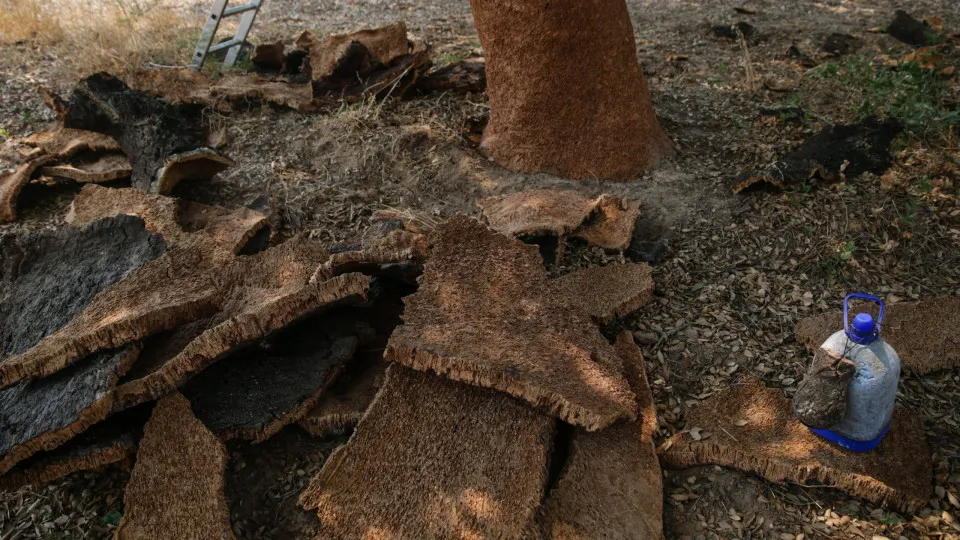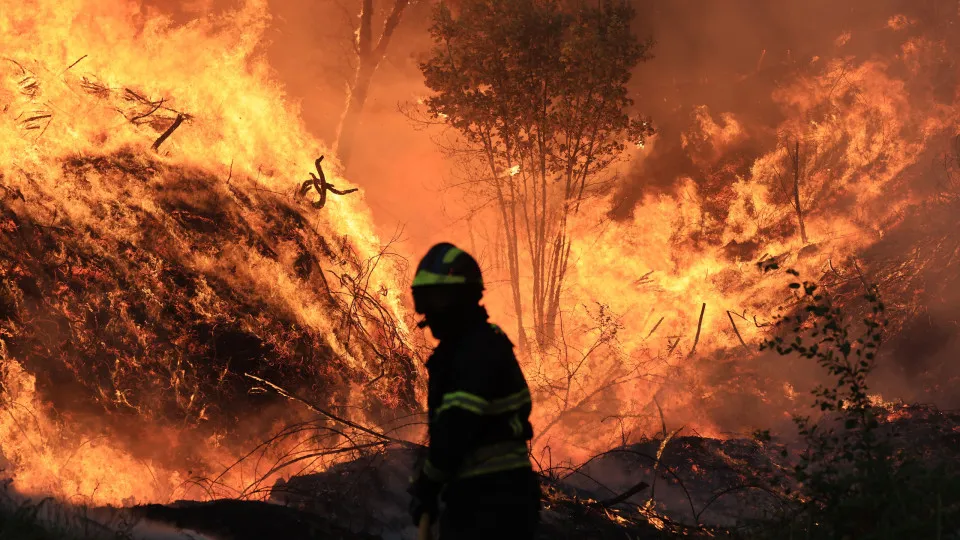
The Guarda Nacional Republicana (GNR) in Santarém reported today that Abrantes municipality is the most affected by cork thefts, with ten incidents recorded. Coruche follows with seven cases, Salvaterra de Magos with six, Almeirim with four, Chamusca with three, and Tomar, Alpiarça, and Santarém each with one incident.
The overall number of cork thefts has increased over the past five years (from 2019 to 2023), according to the GNR, highlighting 56 cases reported in 2019 and 99 in 2023.
Data from the GNR suggests that cork thefts are typically carried out by organized groups. These groups predominantly resort to two main methods: direct extraction from trees or stealing piled cork.
“Such criminal activities are generally linked to organized groups that employ methods like direct extraction from trees or theft of piled cork. There is a higher incidence of the former, despite its greater difficulty and time consumption compared to the latter,” the GNR clarified.
The stolen cork is ground to prevent identification and then sold for the production of composites. It is eventually purchased by intermediaries who mix it with legal cork.
“It appears that the cork is sold to intermediaries, who then combine it with cork sold by legitimate extractors, integrating it into the legal market through joint resale to cork factories. We also assume that the destination market for stolen cork is primarily domestic,” stated the GNR.
In response to the increase in thefts, the GNR has intensified patrols through Operation “Campo Seguro” alongside criminal investigation, road inspections, and monitoring of receivers throughout its jurisdiction. The aim is “to prevent and repress cork thefts and related crimes,” along with conducting “awareness campaigns” to prevent thefts in agricultural and forested areas.
The GNR emphasized that combating this type of crime requires “strengthening protection measures for infrastructures,” such as installing surveillance, access restrictions, fencing, warning signs, and improving lighting conditions.
Preventatively, the GNR also recommends “marking the cork” to “facilitate identification” of its origin, ensuring “controlled access to properties,” reinforcing “cooperation between owners and neighbors” for quicker information exchange and alert sharing, promptly reporting any suspicious activity to authorities, and planning cork extraction to ensure more effective monitoring.
Authorities further recommend installing alarms and marking more sensitive and vulnerable equipment, as well as avoiding placing “cork piles in easily accessible areas.”
Since “this type of crime requires a formal complaint,” the GNR underscores the importance of reporting these thefts, as complaints are essential for “monitoring the issue” and “directing resources to the most affected areas.”




